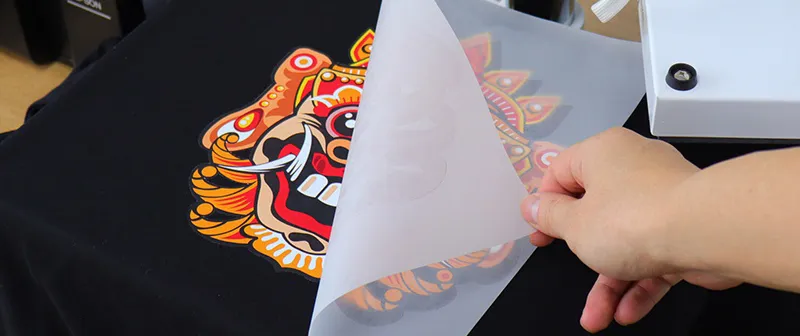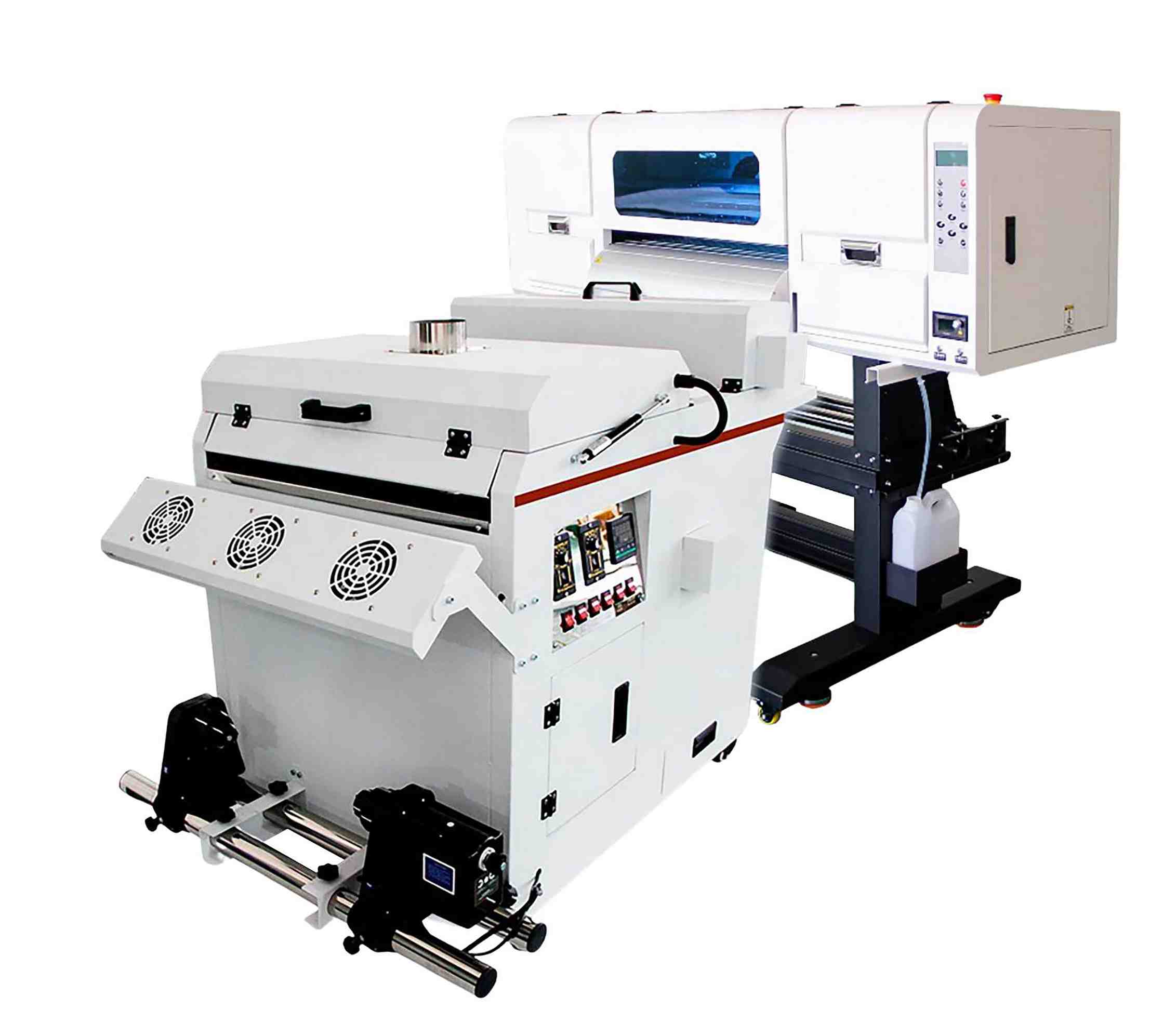Utilizing the Power of DTF Printing: Strategies for High-Quality Fabric Styles
Utilizing the Power of DTF Printing: Strategies for High-Quality Fabric Styles
Blog Article
Ultimate Overview to DTF Printing Strategies for Magnificent Fabric Designs
Getting started on the trip of understanding DTF printing methods can open up a world of opportunities for producing aesthetically fascinating textile layouts. In this overview, we will discover the elaborate details of DTF printing, from comprehending the fundamental basics to unraveling advanced shade techniques that can boost your layouts to brand-new elevations.
Understanding DTF Printing Basics
DTF printing, a procedure that involves moving designs from a special film to textiles making use of heat and pressure, develops the foundation of fabric printing techniques. This innovative method allows for high-quality, dynamic styles to be effortlessly transferred onto numerous materials with accuracy and information. The very first step in DTF printing entails developing or choosing a style that will be printed onto the fabric. This layout is after that published onto a special film using a DTF printer, which uses certain dyes or pigments to make sure color accuracy and sturdiness.
The last outcome is a spectacular, durable fabric style that is cleanable, versatile, and immune to fading. Overall, comprehending the essentials of DTF printing is important for understanding this modern textile printing method.
Picking the Right Textile Materials
Having established the fundamental principles of DTF printing methods for textile layouts, the next important consideration exists in choosing the suitable textile materials to enhance this innovative procedure properly. Furthermore, the stretchability of these products can accommodate the heat transfer process included in DTF printing without distorting the design. By choosing the best fabric products, developers can maximize the capacity of DTF printing to create lasting and magnificent fabric styles.

Mastering the Printing Refine
To excel in DTF printing techniques for fabric styles, understanding the printing process is essential for accomplishing top notch and regular outcomes. The printing process in DTF includes several vital steps that require accuracy and attention to information. Preparing the art work for printing is vital. This consists of making sure the layout is appropriately sized and positioned for the textile. Next, the design is published onto an unique DTF movie utilizing a suitable printer with the ideal settings to achieve optimal shade vibrancy and clarity (DTF Printing). Once the style is published, it is after that transferred onto the textile using a warmth press maker. The temperature level, pressure, and period of heat application need to be carefully regulated to make certain appropriate adhesion of the style to the textile. In addition, understanding the peeling off process after warm pushing is vital to avoid any damages to the design or material. By honing each of these actions in the printing process, developers can regularly create stunning and sturdy textile designs with DTF printing strategies.
Enhancing Styles With Color Techniques

Moreover, trying out shade gradients can bring a feeling of movement and fluidness to the style. By blending colors perfectly, a gradient impact can be achieved, including a modern-day and vibrant touch to the fabric style. Furthermore, using color blocking strategies can create striking and strong visuals by comparing different strong colors in distinctive sections of the layout.
Additionally, including metallic or neon colors can give a one-of-a-kind and captivating aspect to the fabric layout, making it stick out and radiate a feeling of vibrancy. When purposefully applied, these shade techniques can raise the general visual appeal of fabric layouts, making them more captivating and memorable.
Troubleshooting Common DTF Printing Issues
After checking out different shade strategies to boost fabric styles, it is vital to attend to common DTF printing issues that might arise during the production process. One common problem is inadequate bond, which can arise from incorrect treating times or temperatures. To resolve this problem, make sure that the treating settings are precise which the adhesive used appropriates for the details textile being published on. One more constant obstacle is color incongruities, where colors may show up differently than expected. This can be brought on by wrong shade profiles or setups in the printing software program. To tackle this, verify the shade settings and accounts to guarantee they match the designated style. In addition, concerns with photo quality and sharpness can happen because of low-resolution YOURURL.com images or inappropriate printing strategies. To resolve this, constantly utilize high-quality images and readjust the printing setups for ideal clarity. By being aware of these common issues and applying the needed troubleshooting actions, you can boost the total quality of your DTF printed fabric layouts.
Conclusion
In conclusion, understanding DTF printing try this website methods is essential for creating magnificent textile designs. With practice and focus to detail, one can develop stunning and unique fabric layouts utilizing DTF printing methods.
Layouts))))
DTF printing, a process that involves moving styles from an unique movie to textiles making use of warmth and pressure, creates the foundation of textile printing methods.Having developed the fundamental concepts of DTF printing strategies for textile layouts, the following vital factor to consider lies in choosing the appropriate textile materials to enhance this ingenious procedure efficiently. By choosing the appropriate fabric materials, developers can optimize the capacity of DTF printing to produce sensational and resilient fabric designs.
To stand out in DTF printing methods for fabric designs, understanding the printing procedure is essential for accomplishing top quality and regular results. DTF Printing. By sharpening each of these steps in the printing procedure, designers can constantly generate resilient and sensational textile styles with DTF printing techniques
Report this page